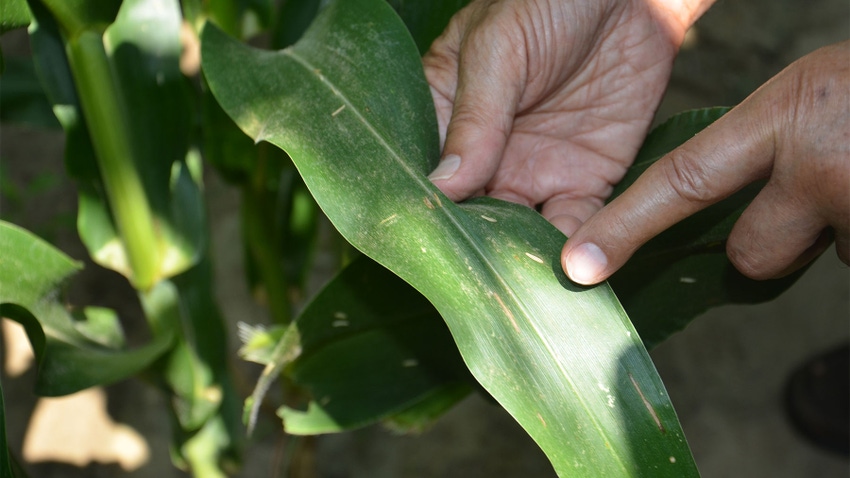
To positively identify a disease in your corn or soybean field today, you must pull a leaf sample, package it and ship it to a lab for testing. Don’t pull and ship on Friday — you don’t want samples wilting in a hot carboard box over the weekend. Two or three days later, you might have results.
Agronomists and companies working in crop science today don’t picture that as the way to do business in the future. Instead, they envision taking a mobile test kit to the field and getting a positive identification on the spot. This isn’t just a match based on pictures, which you can do today aided by artificial intelligence. It’s identification based on analysis.
Is it possible? Alveo thinks so. Does it have value? Corteva is betting heavily that it not only has value but also will be a game-changer in future crop management. Recently, Alveo Technologies Inc., Alameda, Calif., announced a collaboration with Indianapolis-based Corteva Agriscience, working together to expand Alveo’s offering of eco-friendly molecular sensing and disease diagnostics tools to include a first-in-field disease diagnostic device for agriculture.
Alveo’s rapid, hand-held, medical-grade platform is already available to pair advanced molecular assays with cloud-enabled data analytics to deliver real-time disease pathogen analysis and diagnosis. Enter Corteva, who will put its powerful research base to work designing crop-specific assays to detect pathogens in the field.
The actual science behind making this concept work is intricate and complicated. Alveo scientists discovered how to use direct electrical sensing of nucleic acid amplification without requiring specialized lighting or optical detectors. The important thing to know, spokespersons say, is that the technology works in medicine. Both Alveo and Corteva are confident the same technology will work in agriculture. Visit alveotechnologies.com or corteva.com.
X-ray pest control?
This novel technology may not benefit you now, but it will open the door to controlling the pests that bug you the most. M3 Agriculture Technologies received a $1 million grant to drive development of a groundbreaking X-ray-based approach to insect pest management in agriculture.
Currently, the sterile insect technique, or SIT, is used to tackle the economic threat posed by the codling moth and navel orangeworm in California. Millions of infertile insects are released into targeted areas to control harmful insect populations without damaging beneficial insects. Only today, SIT relies on radioactive gamma radiation, which brings along its own baggage. The goal is to replace gamma radiation with X-rays, making use of SIT more sustainable and widespread. Learn about this project at m3agriculture.com.
Ground-level work on tar spot
Work is underway on several fronts to find solutions for controlling tar spot, the newest major corn disease in the U.S. So far, it’s concentrated in the eastern Corn Belt and Upper Midwest. USDA Agricultural Research Service researchers are targeting the disease from the ground up, going back to the basics to look for solutions. The work is happening at two USDA research stations, at Peoria, Ill., and West Lafayette, Ind. It's a three-pronged approach, scientists report. Here is a closer look:
1. Examine basic biology. Researchers want to know more about what makes the tar spot fungus tick, including learning more about its genetic background. They’re hoping to uncover clues to help them control it better.
2. Develop molecular markers. Developing these tools would speed the search for new sources of tar spot resistance. Plant breeders at major corn-breeding companies continue working on resistance. Slowly, hybrids with improved resistance are becoming a more important part of tar spot control strategies.
3. Use fungicides more effectively. Researchers believe it may be possible to make better use of fungicides registered for tar spot control in the future. Specifically, they’re looking for ways to make fungicides part of an integrated approach to managing tar spot.
Read more about:
Tar SpotAbout the Author(s)
You May Also Like




